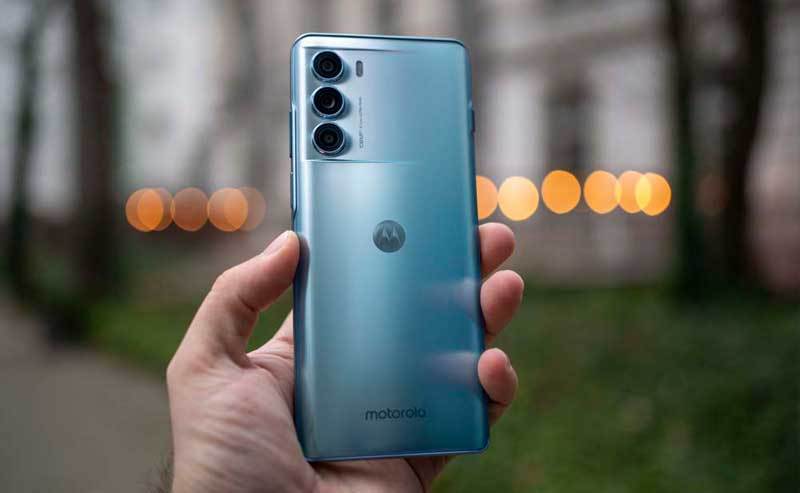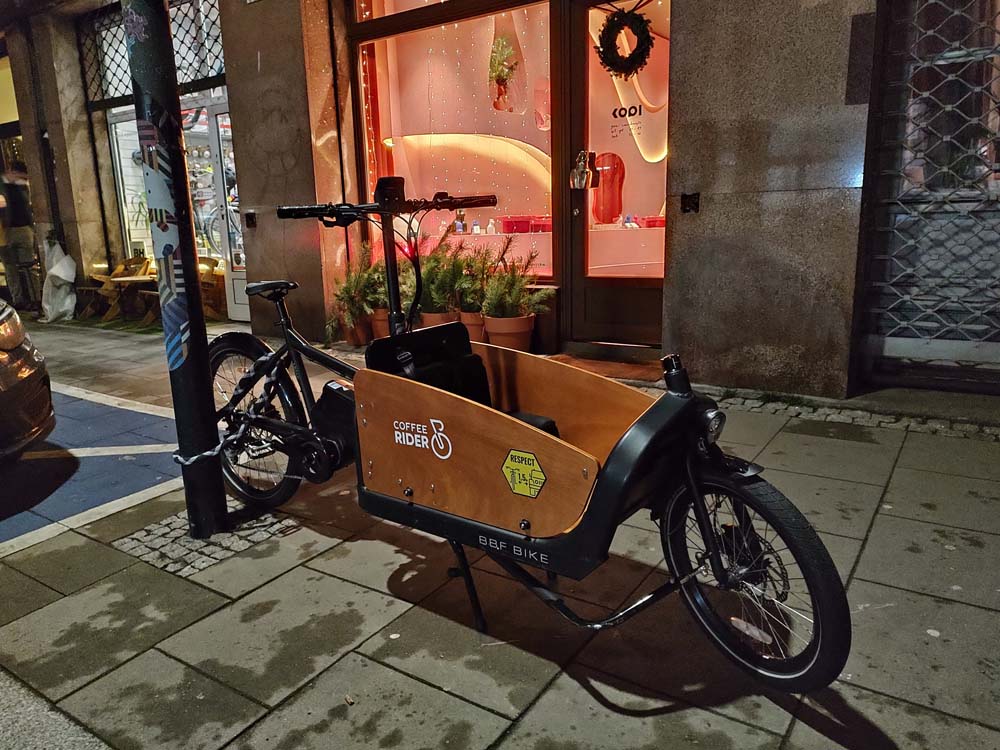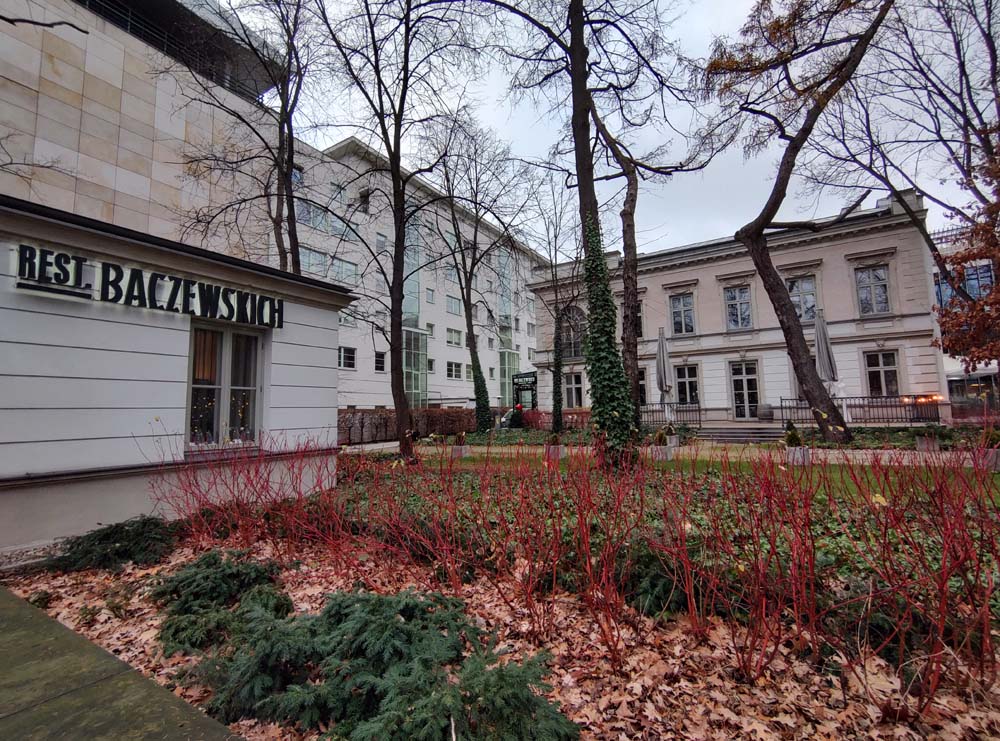A Motorola Moto G series has never been like this because the G200 has the top Snapdragon 888+ processor. So far, almost every smartphone from the Moto G series has a processor at most mid-range, and only the Moto G100 has the powerful Snapdragon 870. This is not the end of the good news because the Moto G200 also has a lower price than the G100. Moto G200 was priced at Euro 465, which makes the reviewed phone the cheapest smartphone with a top processor on the market – even more affordable than Realme GT. This bold move by Motorola immediately arouses excellent interest. I have been waiting for such a move from this manufacturer for a long time. It is worth taking a closer look at the Moto G200 because the other phone features do not spoil the good first impression.
Main advantages and disadvantages of Motorola Moto G200 5G
Advantages of Motorola Moto G200 5G :
- Nice, unique design
- Super fast fingerprint reader
- Screen refresh rate 144 HZ
- Snapdragon 888+ offers the highest performance available
- Slight throttling not exceeding 8% performance loss
- Complete equipment with the latest standards such as 5G, WiFi 6e
- Sophisticated moto accessories, such as gestures
- Ready For makes it easy to expand functionality with an additional, large-screen
- Possibility to use the phone as a webcam for a PC without drivers
- Clear and convenient camera application
- The photos are so good that they do not discourage you from purchasing
- Well-stabilized 4K video
- Good battery life
Disadvantages of Motorola Moto G200 5G :
- It wobbles on the table, even in the case
- The housing is entirely made of plastic
- No headphone jack
- The screen could be brighter
- The phone gets very hot, up to 55 degrees Celsius
- The photos do not exceed the level of a mid-range smartphone
- No optical stabilization in the camera
Design
The Moto G200 casing is plastic – the frame and the back are plastic. Price dictates this compromise, but it should not necessarily be treated as a minus. I like the finish of the casing, which makes this phone stand out from the crowd of similar devices. The material’s top layer is matte and semi-transparent, revealing the deeper layer of the housing. Matte also hides some of the streaks that appear when touched. The housing has an IP52 sealing standard and a gasket on the drawer for two nano SIM cards. The phone is splash-proof but should not be immersed in water. The weight of the G200 is 202 grams, and the dimensions are 168.07 x 75.53 x 8.89 mm.
The Moto G200 reader is located in the power button on the right edge and is super fast – certainly faster than the best readers hidden under the display. It is an active scanner, meaning we do not have to press or touch the power button, and the screen will wake up and unlock simultaneously. A separate button is also dedicated to the Google Assistant on the casing.
Motorola has a mono speaker at the bottom of the case. It is loud enough, but its sound and quality are not as good as the advanced stereo speakers with which some smartphones are equipped. It’s okay for listening to broadcasts, but for multimedia, it isn’t very unusual at best. Like most smartphones with top specifications, there is no headphone jack.
Motorola Moto G200 has a slightly protruding camera island, from which three additional lenses protrude. This causes the smartphone to wobble a lot on the table.
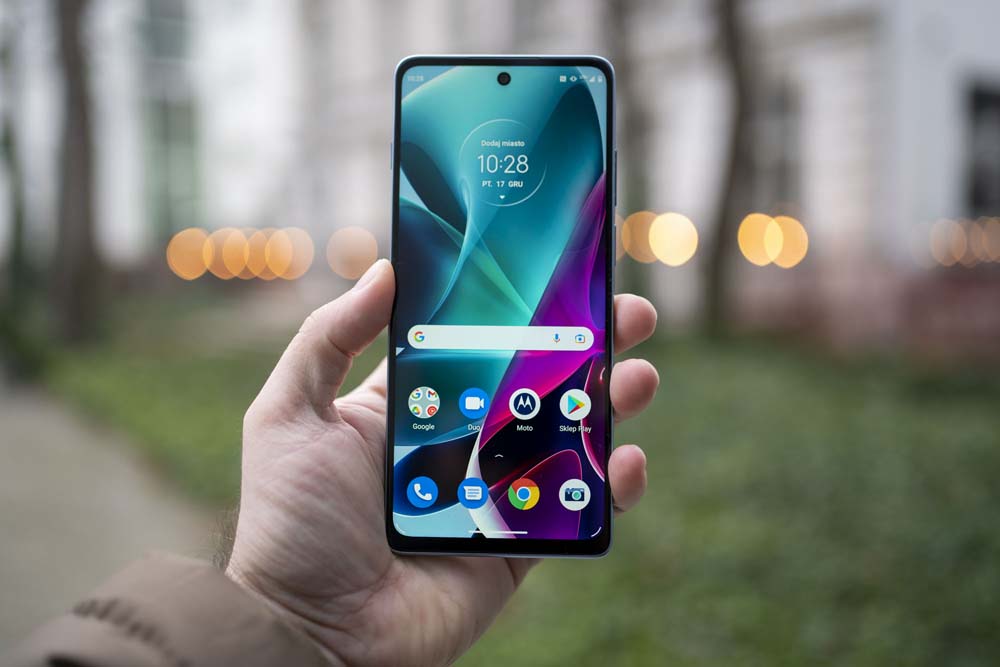
Display
The Moto G200 screen has a diagonal of 6.8 inches, so it is larger than that of the G100 and matches the diagonal of the largest smartphones on the market. Its resolution is FHD+ 2460 x 1080 pixels. It is an IPS panel with a 20:9 aspect ratio and a pixel density of 396 PPI. Motorola has significantly increased the refresh rate from 90 Hz in the g100 to 144 Hz, which is currently the highest smartphone value.
The settings include a dark theme, night backlight, saturated or natural color mode choice, and the display color temperature. The refresh rate can be manually permanently blocked at 60 or 144 Hz, or you can let the phone decide automatically.
The color reproduction is attractive, but the biggest drawback of the Moto G200 display is its brightness – setting it to the maximum level corresponds to approximately half the brightness of top flagships with AMOLED on board. Motorola also has an apparent brightness drop effect when we look at the display at an angle. You can see a clear difference here compared to the most expensive models. However, when we do not compare Motorola directly with more expensive smartphones, the screen works well enough.
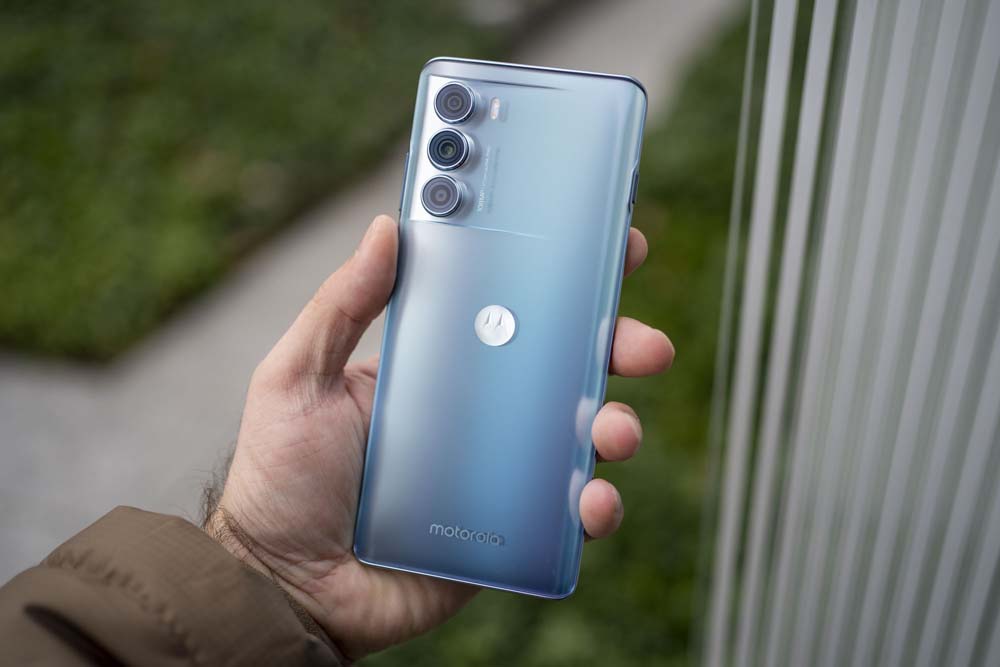
Specification and operating system
The specification is the most vital point of this smartphone. Moto G200 has the most powerful processor available on the market, i.e., Snapdragon 888+, clocked at 1 x 2.99 GHz, 3 x 2.42 GHz + 4 x 1.80 GHz. The processor is supported by 8 GB RAM and 128 GB of fast UFS 3.1 memory for the system and user files. The memory cannot be expanded using a micro SD card – it is not supported.
Benchmark results:
- Antuto 9 – 823235
- Geekbench 5 – 1056/3040
- Androbench sequential read/write – 1955/718 MB/s
There is no doubt that the Moto G200 is super capable. This is currently the TOP on the Android smartphone market. However, this comes at a price. First, the phone gets very hot, which you can feel in your hand despite the plastic housing. I measured the temperature of the case, and the maximum I achieved was 55 degrees Celsius. You can feel this temperature, even though it occurs during extreme loads. The heating of the processor also translates into a slight drop in performance. The smartphone achieved higher results in cooler environments than at room temperature, but repeated benchmark runs resulted in further performance degradation. The maximum difference I achieved was a drop from 823,235 to 761,570 points in Antutu. The difference between the cool environment and repeated benchmark testing one after the other was -7.5% – fortunately, much less than I expected based on the case temperature. Perhaps Motorola deliberately allowed a higher maximum temperature to avoid excessive throttling – if so, it was a good decision because they would not have avoided heating entirely anyway.
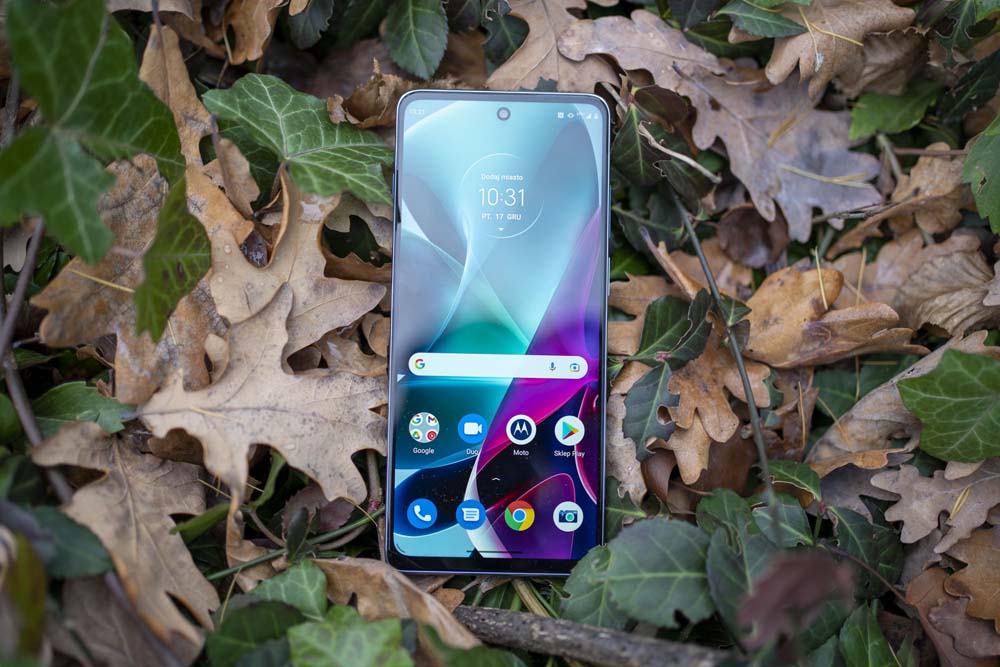
The communication package includes 5G, LTE Cat20 2000/150 Mbps, WiFi 6e, Bluetooth 5.2, NFC, and USB C with a 3.1 controller. This is a set of the latest available standards without compromise.
Location is achieved using GPS, LTEPP, SUPL, GLONASS, and Galileo. The sensor set includes a fingerprint reader, proximity sensor, accelerometer, ambient light sensor, gyroscope, and e-compass. Nothing important is missing from Motorola’s specifications.
Moto G200 runs Android 11 with security updates starting October 1, 2021. Motorola is consistent in developing features added to Android, and in the Moto G200 version, there is nothing we have not seen before. The notable features Motorola has introduced to pure Android can be divided into three main categories.
The Ready For mode is the most strongly promoted by Motorola – it allows you to connect an external screen – both wired and wireless, and then use it to improve productivity or entertainment. In the case of entertainment, all we need to do is play or watch a movie on the big screen to feel the benefits. You can optionally connect the gamepad directly to the phone. Improving productivity includes running applications in Windows in a Windows-like interface. You can then connect a keyboard and mouse. Additionally, it is possible to use the large screen and cameras built into the phone to conduct teleconferencing. More and more often, you can meet people who do not have a personal computer. In such a case, Motorola complements the functionality better instead of a laptop or console than a device that Ready For does not have.
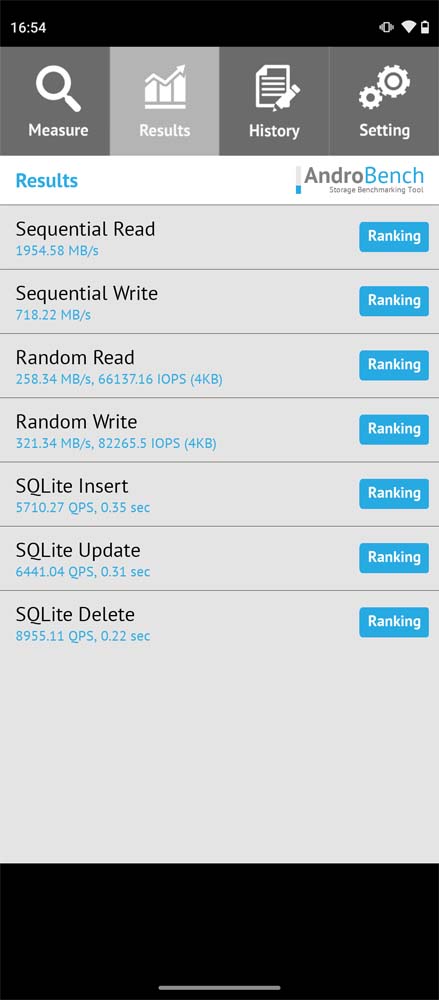
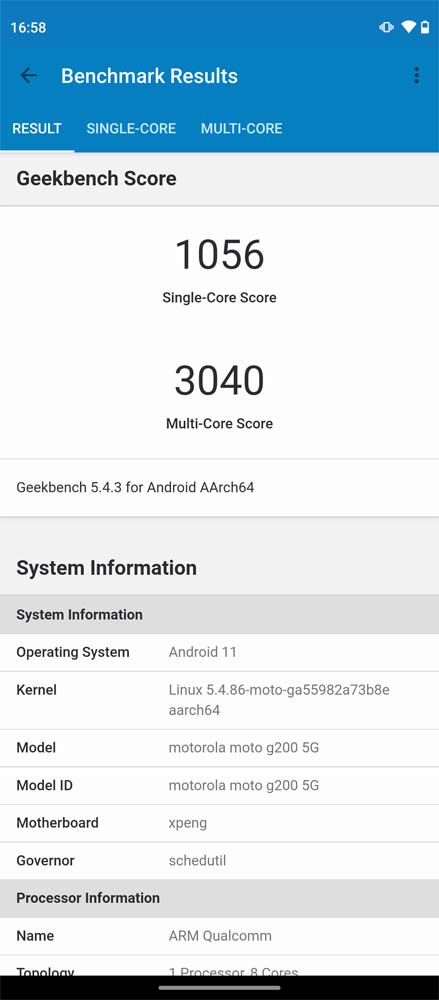
The second exciting option is using your phone as a webcam for your PC. When connecting the phone with a USB cable to the PC, in addition to standard options such as file transfer and USB tethering, the “webcam” option compatible with the UVC standard appears, which is recognized by Windows without additional drivers. Then, we can use any software on Windows, such as Skype, Zoom, Teams, etc., while using a smartphone camera without additional software. I believe every smartphone should have this function built-in, and only Motorola offers it.
The third and most recognizable element are Moto gestures and other additions to the system. They allow you to turn on the flashlight or start the camera by shaking the phone appropriately. There are other gestures, e.g., dividing the screen between two applications. There are also extensive options for personalizing the appearance of the system and a mode dedicated to players.
The system works quickly and smoothly. It did not cause any problems during testing.
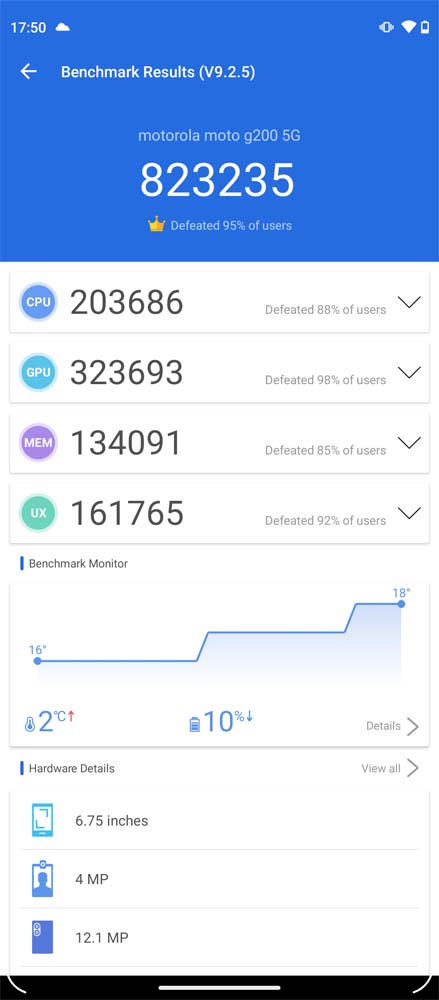
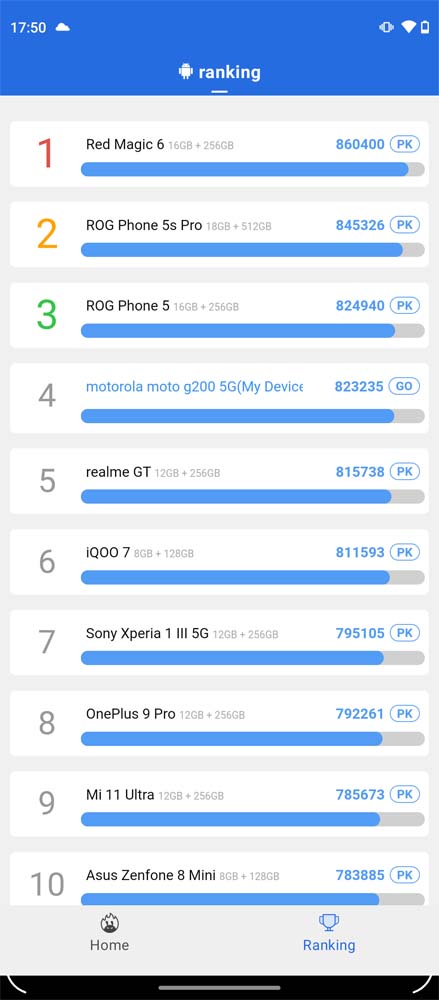
Camera
Motorola Moto G200 comes with three rear cameras and one selfie camera; here are their specifications:
- 108 MP, f/1.9, PDAF – main camera
- 8 MP, f/2.2, AF – super wide-angle camera
- 2 MP, f/2.4 – camera for detecting the depth of the scene
- 16 MP, f/2.2 – aparat do selfie
Two of the three rear cameras can take photos. The G200 does not have a camera with optical magnification. This won’t be a problem for everyone, but it’s a pity that the primary camera doesn’t have optical stabilization. It would be helpful both during photos and for at least symbolic stabilization of the 8K video.
In addition to the high resolution of the primary camera, the wide-angle camera should also be praised, equipped with a focusing mechanism that serves as a macro camera. This avoided using a dedicated macro camera, which in most smartphones has a uselessly low resolution of 2 megapixels.

Motorola has been offering camera applications with a well-thought-out, easy-to-use interface for a long time. Access to key settings is located right next to the shutter button. There is also a rich set of modes, including photo, video, portrait, photo cutout, spot color, night photos, moving pictures, panorama, group selfie, ultra-res, live filter, pro, scanner, and dual recording (from the front and rear cameras simultaneously). Additionally, there are video modes: portrait, slow motion (up to 960 fps), time-lapse, spot color, and dual recording.
While the Moto G200 stands out in performance compared to the competition, the same cannot be said for photos. The primary camera has a high resolution but average image quality. Pictures from the primary camera are detailed but lack a bit of character and clarity. Due to the lack of OIS, blurred frames appear a little more often than they should, and in poorer lighting, the photos are noisier than necessary.
The wide-angle camera is less detailed than the main one, which is a typical case, but it works pretty well in macro photos.
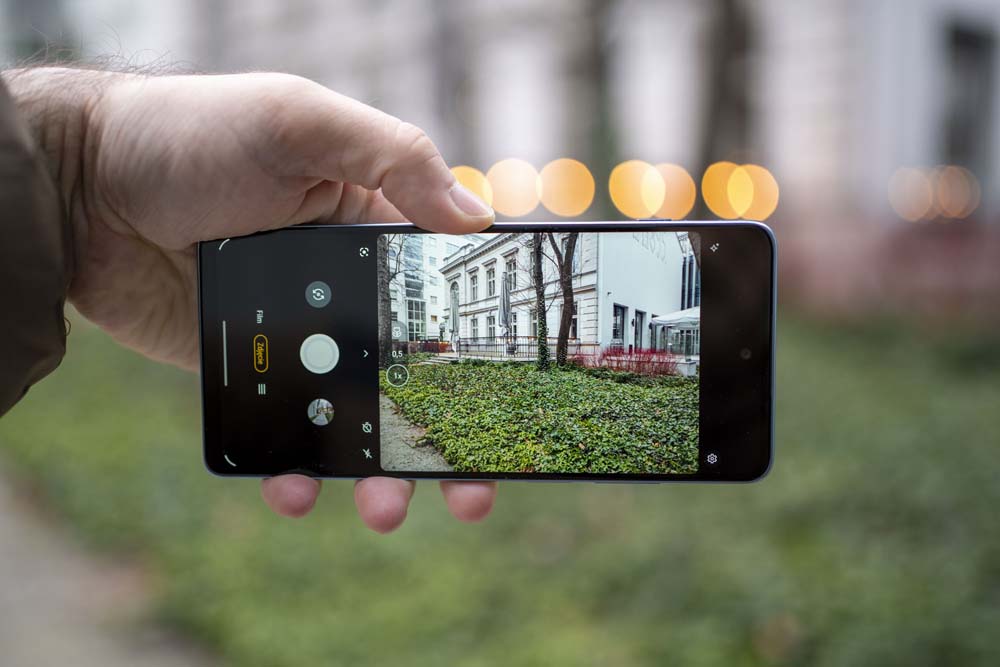
Regarding the video, the Moto G200 performs best in 4K recordings, which are detailed and, at the same time, well digitally stabilized. However, you cannot use the wide-angle camera in this resolution because it can only record FHD video. Super high 8K resolution is also available for the primary camera. Still, the recordings are entirely devoid of stabilization, and, in my opinion, this mode is not suitable for handheld recording unless we want to replace serial photos with it and use single frames of the film as photos.
Selfie quality is good, especially if we take photos in good lighting.
Sample pictures:
Battery life:
Motorola Moto G200 has a 5000 mAh battery and a 33W charger included. When testing YouTube video streaming with screen brightness set to 50%, the Moto G200 drained to 10% after 20 hours. So, you can estimate that a full discharge offers about 22 continuous video streams. This is a top result, but Motorola has a darker screen than many models with similar top specifications. However, it will still be an excellent result even after increasing the brightness and shortening the operating time by a few hours.
The charger is relatively fast, but there are phones on the market that charge Motorola in half the time.
Our final rating
In the case of the Moto G200, Motorola decided to lower the price to PLN 1,999 and install the fastest processor on the market – it was a bullseye. Thanks to this move, the Moto G200 became the cheapest smartphone with the Snapdragon 888+ processor. Compared to smartphones with the same processor in a weaker version (without the plus), the G200 is still the cheapest option. Next in line is the Realme GT and the Mi 11i. Moto G200 can use the power of this processor well – although the phone heats up a lot, the performance reduction does not reach even 8%. For this reason alone, the Moto G200 deserves attention and appreciation.
Apart from the specification, the strong points include battery life, 144 Hz screen refresh rate, and an exciting appearance of the housing. The remaining elements of the phone, such as the camera, charger, sealing, and screen brightness, are more typical of an average phone, but they do not spoil a good impression. For this reason, we can confidently recommend the Moto G200 as a good choice for mobile gamers and other people who focus on performance. However, the decision will be more difficult if the camera and the materials from which the housing is to be made are the priority.
Who is Motorola Moto G200 5G for :
- For those looking for top performance at the lowest price
- For fans of the Motorola brand, Moto and Android gestures with a classic look
- For those looking for a unique look
- For people looking for long battery life
Who is not the Motorola Moto G200 5G for :
- Not for people looking for an IP68 sealed glass and metal case
- Not for people for whom a bright AMOLED screen is crucial
- Not for those who value camera quality over other aspects of a smartphone
